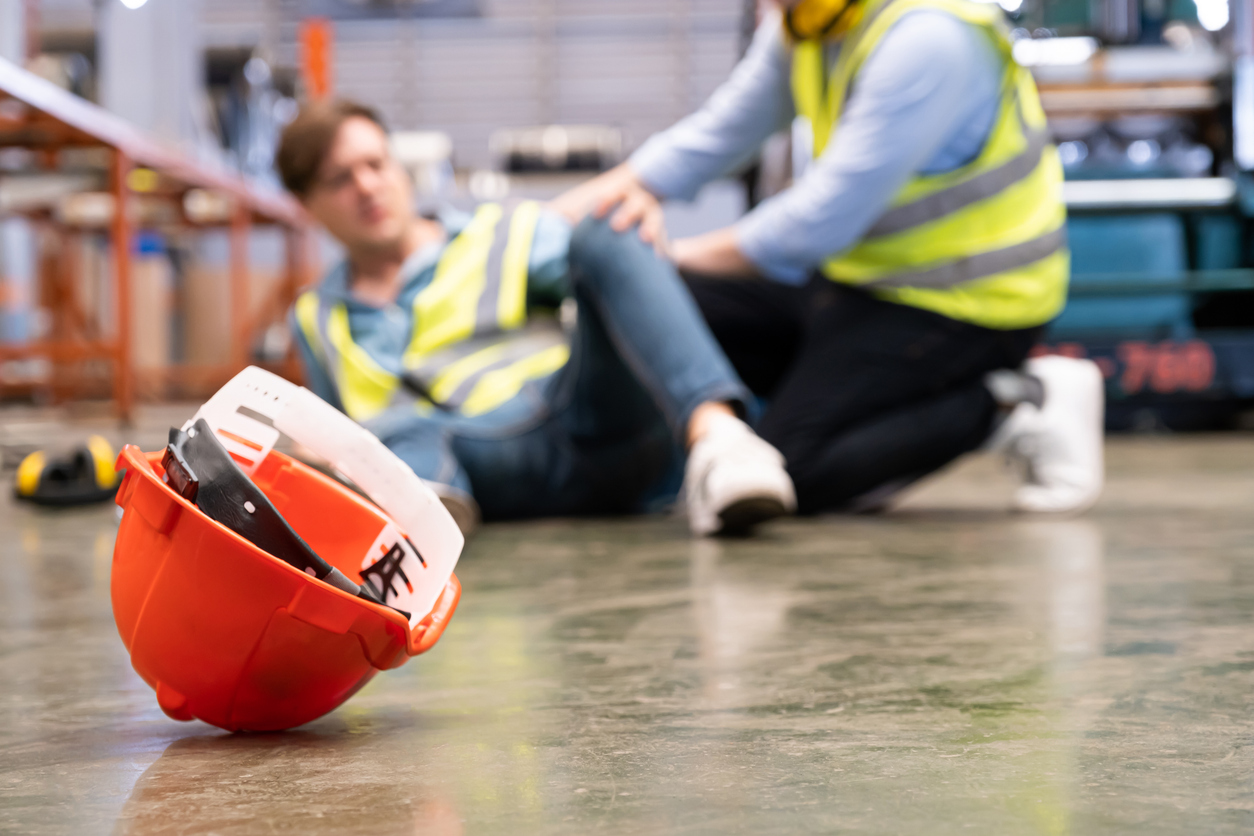Stores and venues in New York City are supposed to keep their premises safe for everyone who walks through the door. When someone slips, trips, or gets caught in some unexpected hazard, liability often falls on the property owner or operator if they failed to maintain a secure environment or warn of dangers. So, if you’re hurt and it turns out the owner was negligent, you might be looking at compensation for your medical bills or lost income.
Accidents pop up all the time—wet floors, uneven sidewalks, dim lighting, or stuff left out where it shouldn’t be. To actually win a case, you’ve got to show the property owner knew (or really should have known) about the problem and didn’t fix it or warn anyone. That’s where things like photos, witness accounts, or maybe even security footage come in handy.
If you’re dealing with injuries from something like this in the city, having a New York slip and fall lawyer on your side can make a huge difference. Knowing what property managers are supposed to do—and what you can do if they don’t—helps you figure out your next move after an accident.
Liability for Slip and Fall Accidents in New York City
In New York City, stores and venues have to keep their spaces reasonably safe to avoid people getting hurt. But when they don’t, and someone ends up injured, the question of who’s responsible can get complicated—and it matters a lot for any potential claim.
Legal Responsibilities of Stores and Venues
Property owners and managers are supposed to regularly check for issues like spills, broken steps, or anything else that could trip someone up, and fix them. If they can’t fix a problem right away, they need to warn people somehow.
The exact duty of care shifts depending on who’s visiting—customers get more protection than trespassers, for example. If a store or venue drops the ball here, that can open them up to a lawsuit.
Proving Negligence and Liability
To prove negligence, you basically need to show: the defendant owed a duty of care, didn’t live up to it, that failure caused the injury, and the injury led to real harm.
It’s key to show the owner knew or should’ve known about the hazard and just didn’t do enough. Evidence like photos, witness statements, and incident reports really help. Medical records can also show how much the injury messed with your life or work, which matters for your claim.
Common Causes of Accidents
Some of the usual culprits behind slips and trips:
- Wet or icy floors at entrances
- Rugs or mats that aren’t flat or are falling apart
- Spilled drinks or food
- Broken or missing handrails and steps
- Hallways or stairwells that are just too dark
Most of these issues come down to poor maintenance or not following basic safety rules, and they’re behind a lot of claims in NYC.
Impact of Comparative Negligence
New York uses a comparative fault system, so blame—and compensation—gets split up based on who was responsible. If you were partly at fault, say you were texting and didn’t see the wet floor, your payout might get cut by your share of the blame.
This setup makes it even more important to have good documentation and a lawyer who knows how to argue your case so you don’t get shortchanged.
Seeking Compensation and Legal Support After an Accident
If you’ve been hurt in a fall or trip in New York City, knowing how to go after compensation—and when to get legal help—can make all the difference. Gathering the right evidence and understanding how to get started with a claim are both crucial steps.
Filing a Personal Injury Claim
If you’re injured because of unsafe conditions in a store or venue, you can file a claim to get money for your losses. In New York, you usually have three years from the date of the accident to take action, which isn’t as long as it sounds when you’re dealing with injuries and paperwork.
You’ll need to show that the property owner or whoever was in charge owed you a duty of care, messed up, and that mistake caused your injury. Proof that they knew (or should have known) about the hazard is key. Hang on to all your records—medical bills, pay stubs if you missed work, and anything else that shows how the injury affected you.
Role of Attorneys in Slip and Fall Cases
Personal injury lawyers are pretty indispensable here. They’ll dig into what happened, pull together evidence, and handle the back-and-forth with insurance companies—who, let’s be honest, usually want to pay out as little as possible.
They’re also the ones who’ll help sort out how much, if any, of the blame falls on you, since that affects what you can actually recover. Having someone who’s dealt with these cases before is huge when it comes to making sure you get treated fairly.
Documenting Injuries and Evidence
Recording every detail right after the incident can make a world of difference for your claim. Snap photos of the scene, anything hazardous, and your injuries—those visuals really speak for themselves.
Hang on to your medical records and keep them in order. If you can, gather statements from witnesses or store employees, and don't forget to ask for any incident reports. Collecting all this stuff might feel tedious, but it can really tip the scales in your favor.














